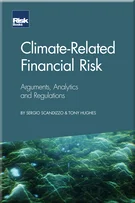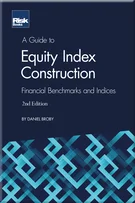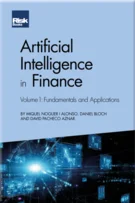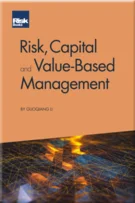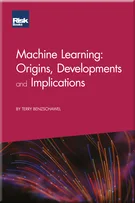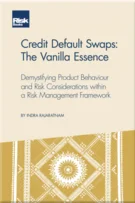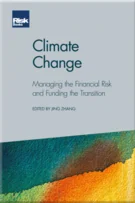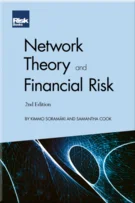Long-Term Portfolio Choice
Long-Term Portfolio Choice
Introduction
A Primer on Portfolio Theory
Application in Mean–Variance Investing
Diversification
Frictional Costs of Diversification
Risk Parity
Incorporating Deviations from Normality: Lower Partial Moments
Portfolio Resampling and Estimation Error
Robust Portfolio Optimisation and Estimation Error
Bayesian Analysis and Portfolio Choice
Testing Portfolio Construction Methodologies Out-of-Sample
Portfolio Construction with Transaction Costs
Portfolio Optimisation with Options: From the Static Replication of CPPI Strategies to a More General Framework
Scenario Optimisation
Core–Satellite Investing: Budgeting Active Manager Risk
Benchmark-Relative Optimisation
Removing Long-Only Constraints: 120/20 Investing
Performance-Based Fees, Incentives and Dynamic Tracking Error Choice
Long-Term Portfolio Choice
Risk Management for Asset-Management Companies
Valuation of Asset Management Firms
Tail Risk Hedging
One of the basic questions in long-run portfolio choice is “should investors with long time horizons hold a larger fraction of stocks in their portfolio?”. Academically, there is a sophisticated theoretical and empirical literature developing around this very question that takes predictability, learning, human capital and parameter uncertainty into account with very different results on how the time horizon might affect asset allocation.11See Brandt et al (2005) for a review. Unlike academia, the asset management industry have already made their mind up with an unconditional “yes”: investors with longer time horizons should hold more equity. This chapter reviews the basic techniques and literature employed in long-term portfolio choice.
18.1 LONG-TERM PORTFOLIO CHOICE UNDER INDEPENDENT AND IDENTICALLY DISTRIBUTED RETURN ASSUMPTIONS: TWO FALLACIES
We start with in a world with independent and identically distributed (iid) returns (there is no exploitable pattern in returns). In other words, investment opportunities are constant. With no time variation in investment opportunities, investors have no reason to hedge against changes in future investment opportunities. This is
Copyright Infopro Digital Limited. All rights reserved.
As outlined in our terms and conditions, https://www.infopro-digital.com/terms-and-conditions/subscriptions/ (point 2.4), printing is limited to a single copy.
If you would like to purchase additional rights please email info@risk.net
Copyright Infopro Digital Limited. All rights reserved.
You may share this content using our article tools. As outlined in our terms and conditions, https://www.infopro-digital.com/terms-and-conditions/subscriptions/ (clause 2.4), an Authorised User may only make one copy of the materials for their own personal use. You must also comply with the restrictions in clause 2.5.
If you would like to purchase additional rights please email info@risk.net

